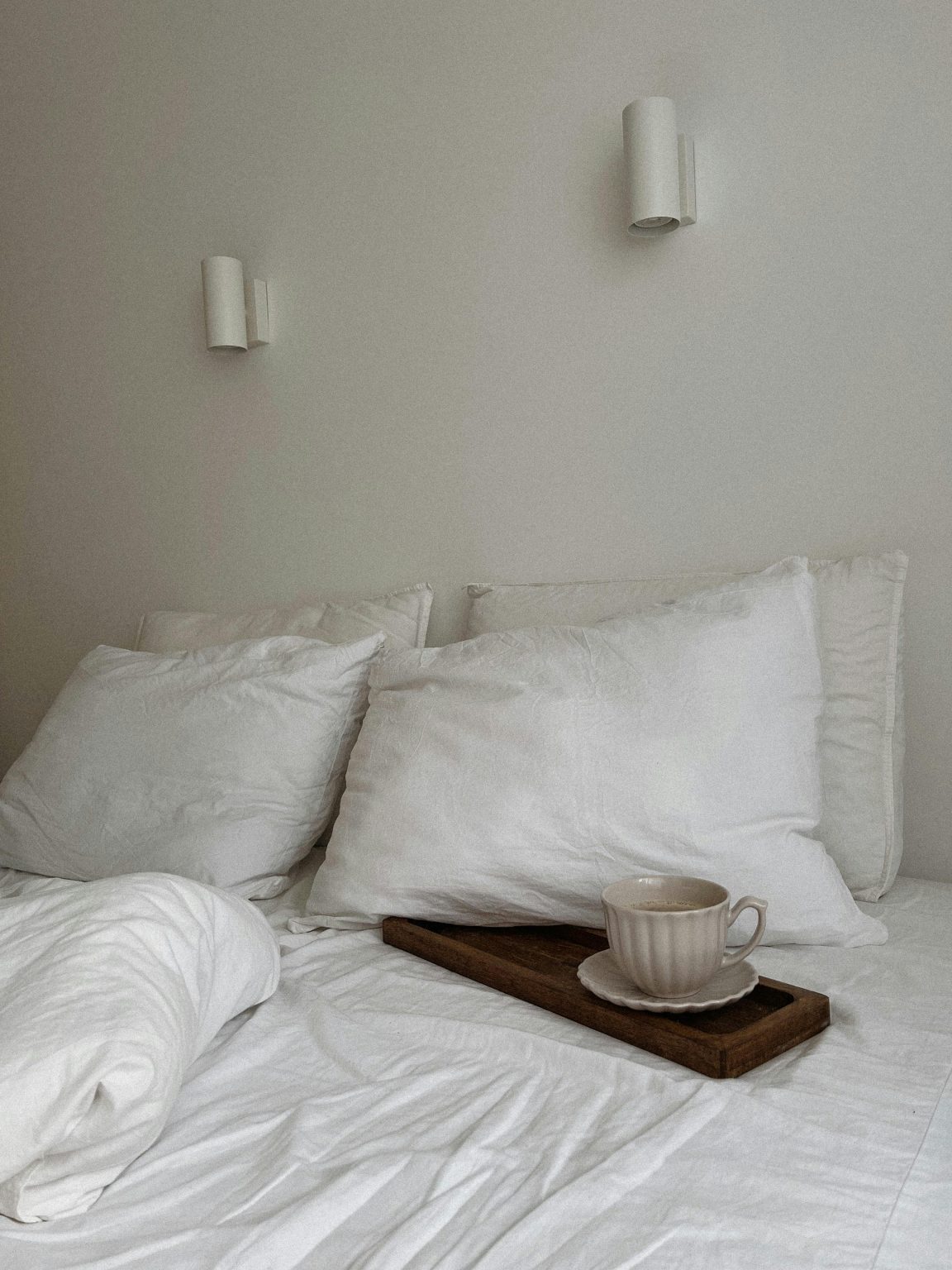Construction training specialist urges homeowners to consider hidden risks behind mystery wall noises
That late-night scratching sound behind your plasterboard might not be down to mice — and ignoring it could be a costly mistake, according to Derek Bruce, spokesperson at SMSTS Course.
“On building sites, unexplained noises inside walls are treated as a red flag,” Derek says. “They’re not just a nuisance, they can indicate wiring issues, pipe movement, or even structural faults. Homeowners should apply the same level of caution.”
While rodents are a common culprit, Derek warns that persistent noises — especially at night — can signal a broader range of problems that affect safety and property value.
What else could it be?
- Pipes under pressure: Expanding or contracting pipework can make tapping or clicking sounds, especially when heating systems kick in.
- Wiring faults: Loose or damaged electrical cables can vibrate inside walls — and in worst cases, create a fire hazard.
- Pests beyond mice: Squirrels, birds, and even wasps can find entry points through eaves, vents or insulation gaps — often causing heavier or fluttering noises.
- Timber damage: Termites or carpenter ants are rare but devastating – and disturbingly quiet. That faint scratching might be the only sign.
“On site, we teach workers to notice and investigate the little things,” Derek explains. “The same applies at home. If you hear scratching, act on it early. It could be the difference between a quick fix and a major repair job.”
What should homeowners do?
- Keep a log of when and where the noise happens
- Don’t open up walls yourself — call a qualified tradesperson
- Be alert to other signs: discolouration, wall cracks, damp patches, or drop in power
- If in doubt, get an inspection — especially in older properties or post-renovation
“It’s about having a safety-first mindset,” Derek adds. “Whether it’s a building site or a suburban semi, strange noises should never be ignored.”

